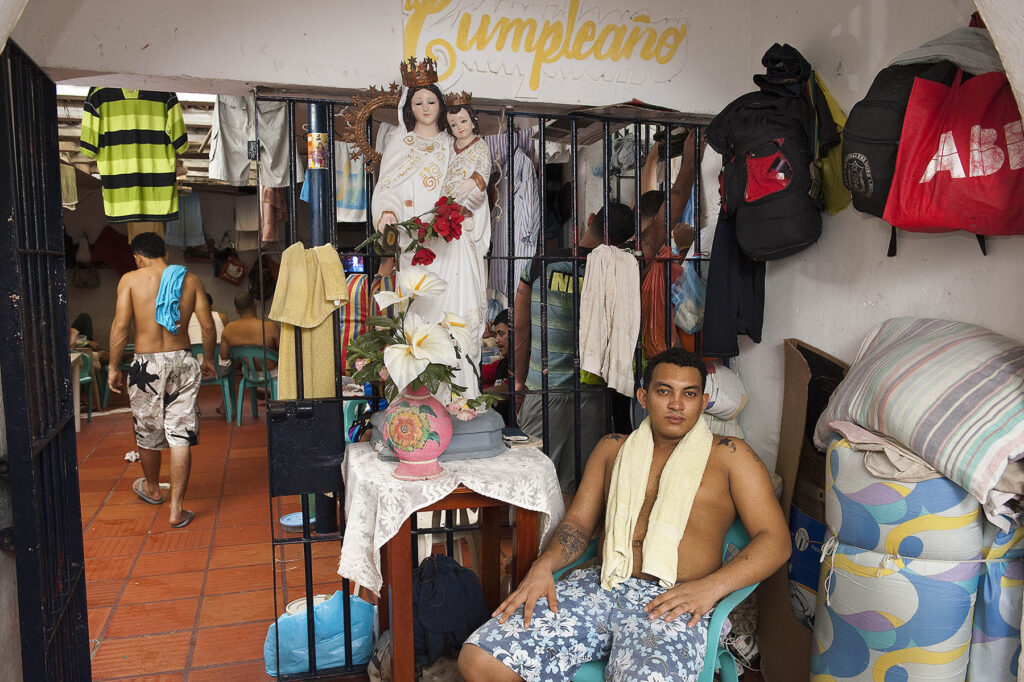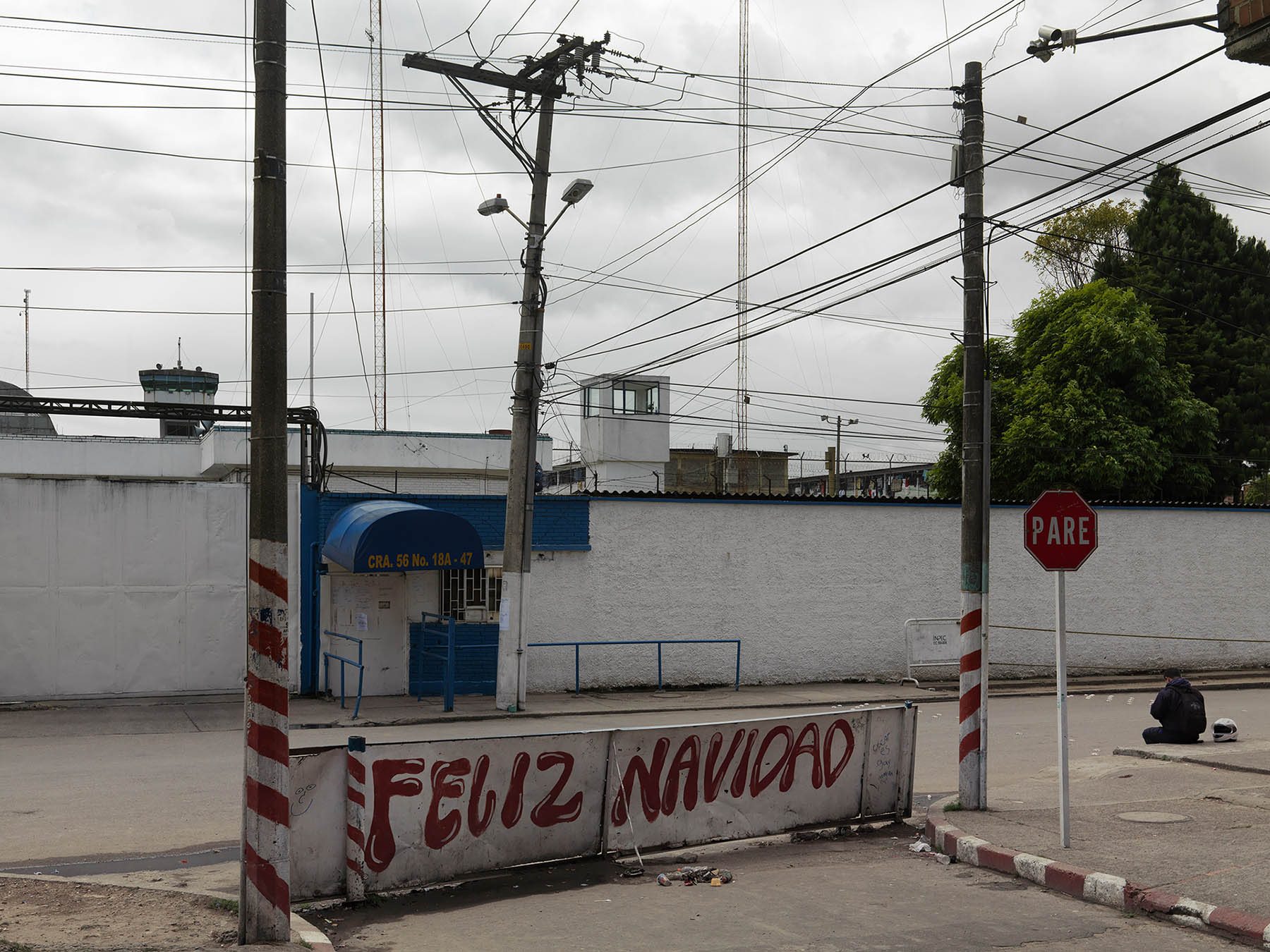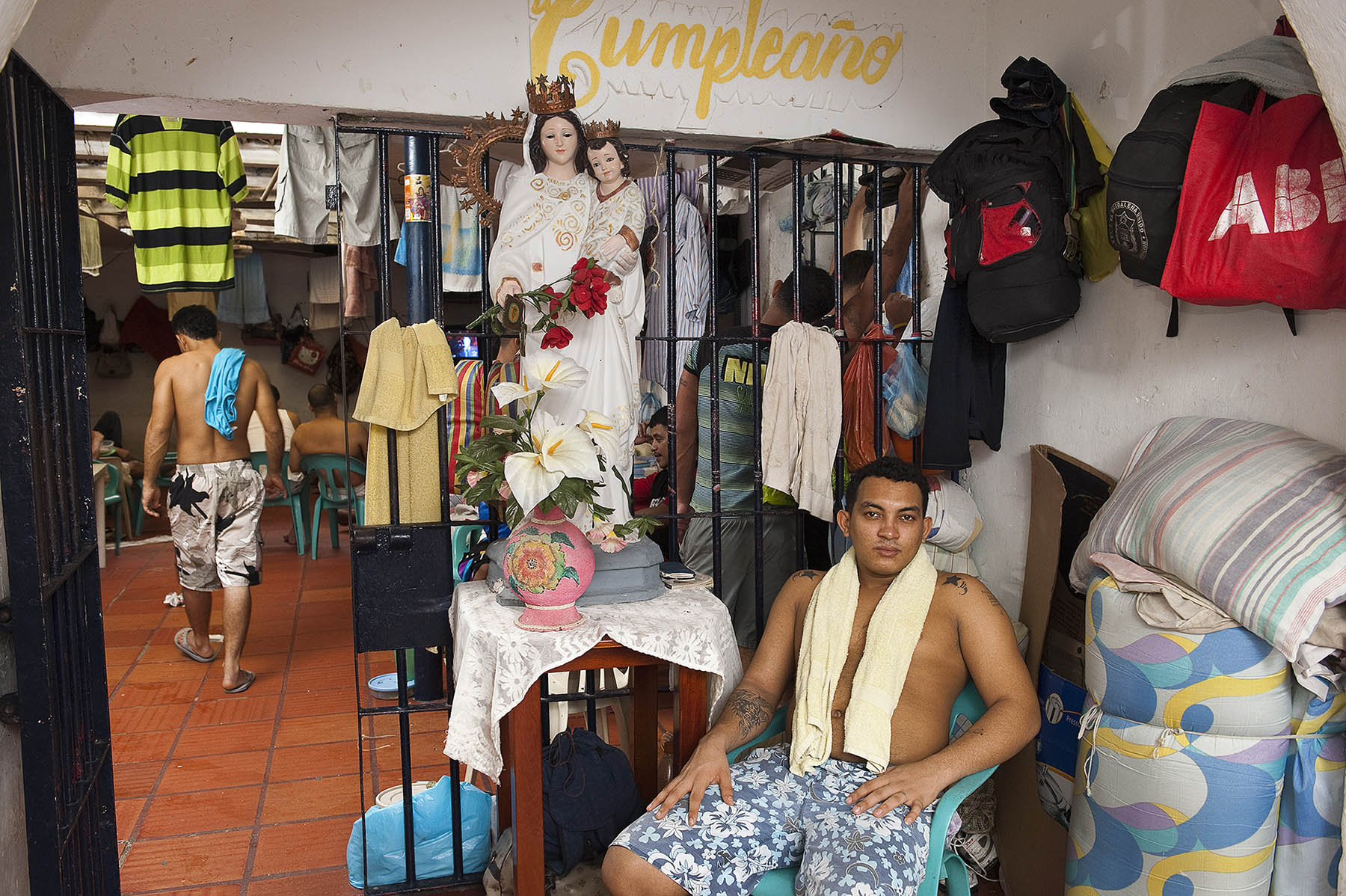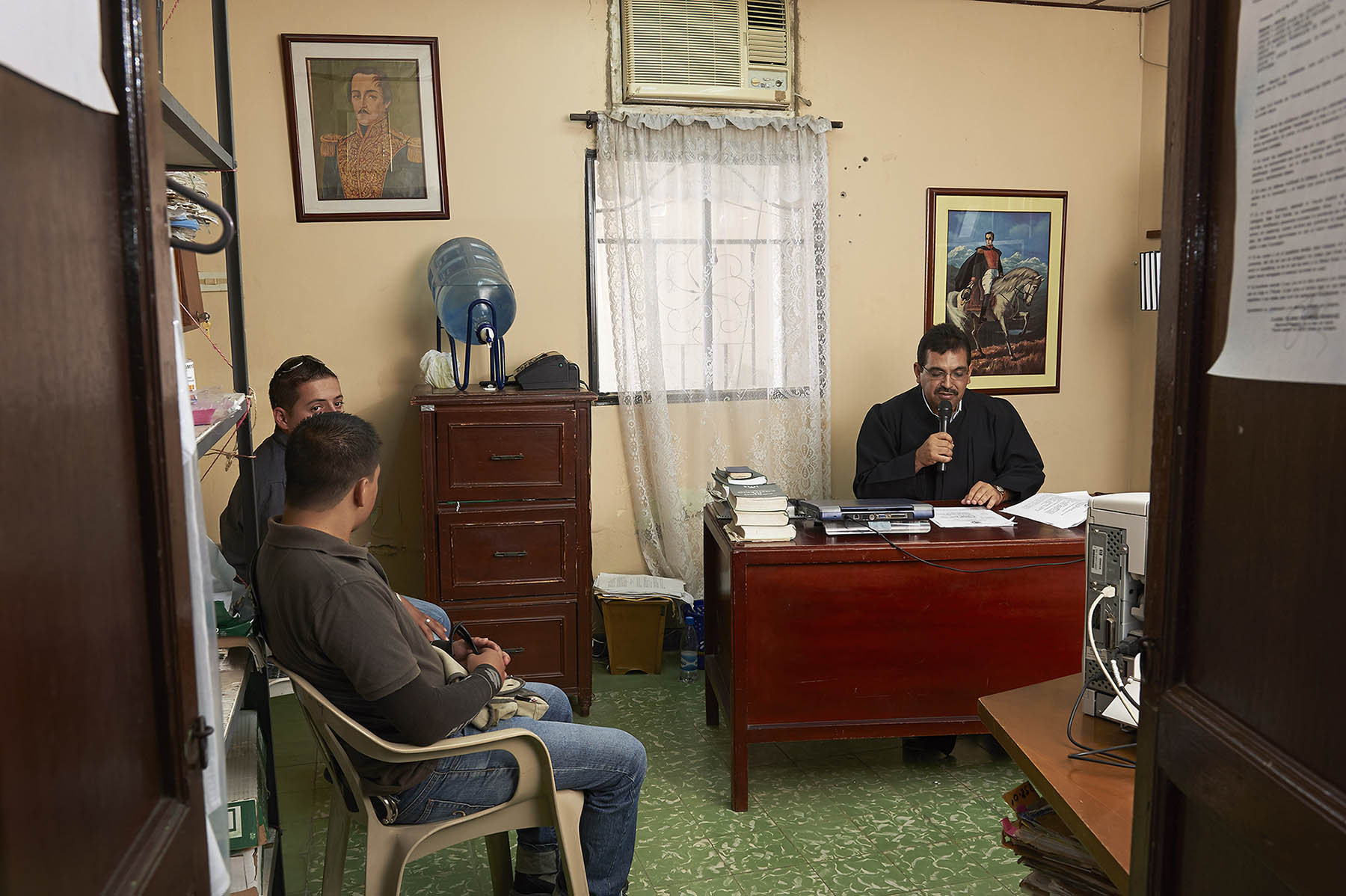Since 2004, the big cities – in which approximately 70% of Colombians live – are enjoying a thorough modernization of their criminal justice infrastructure. For example, all documents are being stored digitally and proceedings videotaped. Nevertheless, despite massive efforts and advances, the criminal justice system for many reasons continues to struggle with a huge workload.
At 250 inmates for every 100,000 inhabitants, the 2014 Colombian incarceration rate (2013: 249) corresponds to the regional average. The percentage of prisoners awaiting trial is considerably lower (31%) than the regional average (approx. 50%). The level of prison occupancy in Colombia (155%) is lower than the regional average (165%). Most offenders are sentenced to prison for theft, followed by homicide offenses, weapons offenses, and drug trafficking offenses. According to recent national statistics, the majority of criminal offenses recorded by the police (2013) are property offenses (34%), 22% are bodily injury and homicide offenses, and 7% are drug-related crimes. The rate of intentional homicides is 33 per 100,000 population; the total number has declined by 6% (2013: 15,419 versus 2012: 16,440).
1910 saw the abolishment of the death penalty, and life imprisonment is also prohibited by the constitution. The maximum prison sentence is 60 years. Prison sentences can be mitigated during the prison term if the prisoner works or studies. For every two days of such an activity, the prisoner can earn one day’s reduction of his sentence. Eligibility for parole on the grounds of good conduct is possible at the earliest after three-fifths of the imposed prison sentence has been served. The minimum age of criminal responsibility is 14. Criminal offenders between 14 and 18 years of age are subject to the provisions of the criminal law relating to young offenders.
Pregnant women in prison have the right to suspension of their sentence two months before the birth and six months afterwards. After birth, the law provides that mother and child may remain in prison together up to the child’s third birthday at most. If specific legal conditions are fulfilled, the sentence for “madres cabeza de familia” (female heads of the household) can be converted to house detention. According to public statistics dated May 2014, 7.1% of prisoners were female (= 8,355 women), of whom 21 were nursing mothers and 103 were pregnant.
In Colombia, the possibility also exists for criminal offenders who are not criminally responsible, due to a permanent or even just temporary pathological condition, to be put in closed psychiatric care or to be admitted to an appropriate clinical setting as a preventive measure. Such preventive detention can be ordered for a maximum of 20 years. The minimum stay in these institutions depends on the continuing treatment requirements in each individual case. According to official statistics (May 2014), only 37 persons had been committed to such custodial psychiatric measures because of their lack of criminal responsibility for the crime committed.
Hans-Georg Koch










